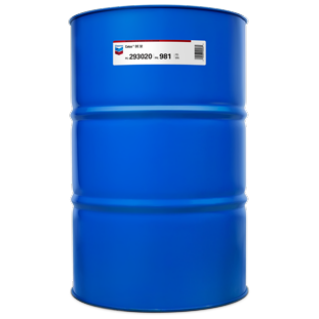 Taro® Ultra is new range of cylinder lubricants specifically designed to cope with the demands and required flexibility for
IMO 2020. Taro Ultra cylinder lubricants have been fully field tested using a wide variety of fuels expected to be available
post IMO 2020 implementation and are approved by major OEMs.
Taro® Ultra is new range of cylinder lubricants specifically designed to cope with the demands and required flexibility for
IMO 2020. Taro Ultra cylinder lubricants have been fully field tested using a wide variety of fuels expected to be available
post IMO 2020 implementation and are approved by major OEMs.
Taro Ultra 70 is a 70 Base Number (BN) cylinder lubricant designed for lubricating two-stroke marine engines running on
low sulphur fuels with corrosive operating conditions, or older mild corrosive engines equipped with exhaust abatement
technologies using heavy fuel oil. Taro Ultra 70 is blended with highly refined base oils and carefully selected additives to
provide excellent ring and liner wear protection and piston cleanliness in slow-speed crosshead diesel engines.
Taro Ultra 70 is recommended for lubricating the cylinders of large low-speed marine diesel engines running on low sulphur fuels but corrosive operating conditions or older mild corrosive engines equipped with exhaust abatement technologies using heavy fuel oil. Taro Ultra 70 should be used in accordance with OEM guidelines and recommendations.
Everllence (formerly MAN ES) (Category I cylinder oils)
WinGD (formerly Wärtsilä)
Japan Engine Corporation (formerly Mitsubishi/Kobe Diesel)
1. Engine Protection
Effective acid neutralization ensures protection against excessive cylinder liner and piston ring wear resulting from the use of high sulphur heavy fuel oils, thus extending cylinder liner and piston ring life.
2. Engine Cleanliness
Prevents ring sticking and minimizes deposit formation on the pistons and throughout the combustion chamber exhaust areas.
3. Storage Stability
Stable at ambient temperatures & during long-term storage.
4. Compatibility
Miscible and compatible with diesel cylinder lubricants generally known to the international marine trade.
5. Operating cost
If oil feedrate is above minimum recommended by OEM, there is potential to move to a higher base number formulation to provide the same level of alkalinity and corrosion protection but at lower feedrates, therefore reducing operating cost.
